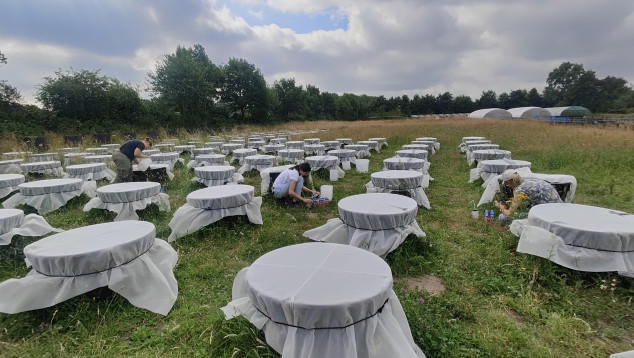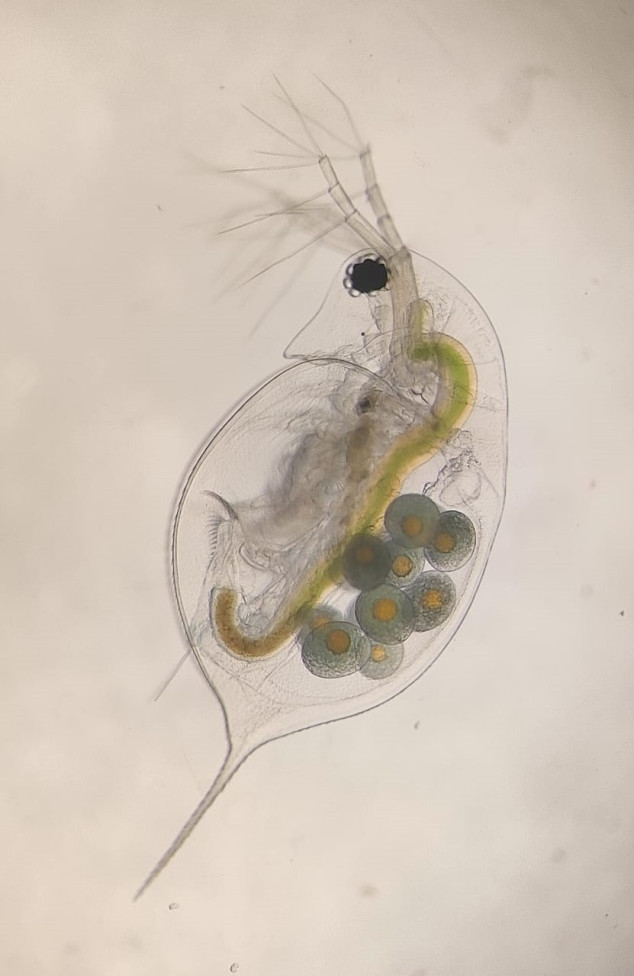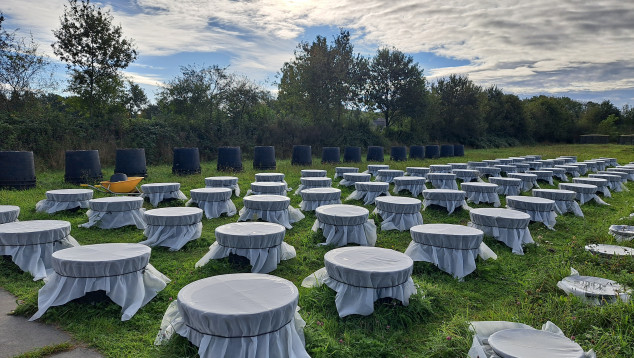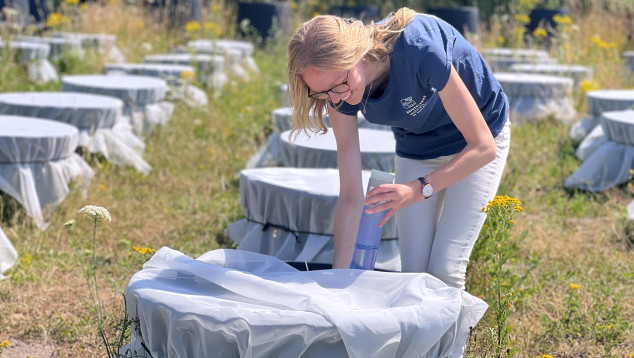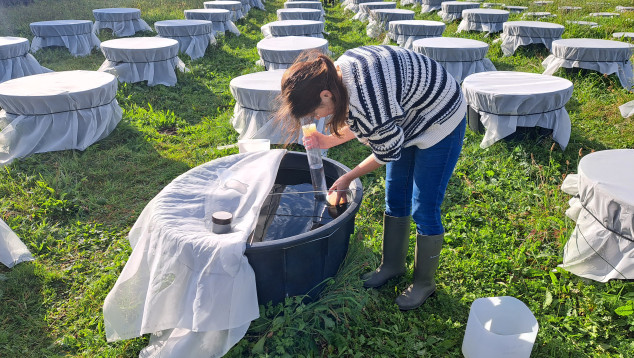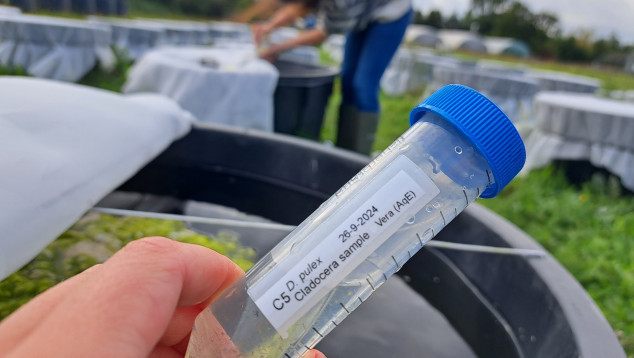From stress to success: rapid evolution as a survival strategy against environmental stressors
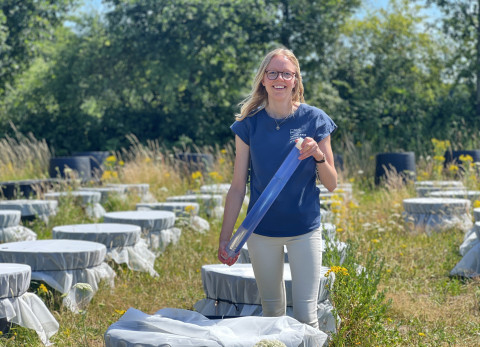
From stress to success: rapid evolution as a survival strategy against environmental stressors
PhD in progressWhen you think of evolution, you probably think of Darwin, timescales of millions of years and dinosaurs. But there is also rapid evolution, microevolution, a way in which organisms can quickly adapt to changes in their environment. This is becoming increasingly important for the survival of species, in view of climate change and other human disturbances in ecosystems.
In my research, I focus on the microevolutionary adaptation of populations of multiple species simultaneously. After all, ecosystems consist of communities of populations of different species, between which interactions take place. Populations can differ in their ability to adapt microevolutionarily and can influence each other's microevolutionary trajectories. Therefore, when studying evolution, it is very important to look not only at a single species, but to recognise the importance of the community context. I am conducting this research within Steven Declerck's research group, together with interns.
Salinisation
The stress factor we are studying in this research is salinisation, an ever-increasing problem for freshwater ecosystems. This is caused by factors such as sea level rise due to climate change, the use of road de-icing salts and intensive irrigation. We are investigating whether species can adapt to salinisation micro-evolutionarily, meaning rapidly. We are also investigating the effect of the community of different species on this process. Finally, we are taking it a step further by investigating the reverse: what is the effect of evolutionary adaptation on the composition of the community and the functioning of the ecosystem?
Model fleas
The model organisms we use are water fleas. On the one hand, this is because water fleas play a very important role in freshwater ecosystems: they graze on algae, thereby making an important contribution to water quality and nutrient cycles. They themselves are a food source for higher levels in the food web, such as fish. The other reason is that water fleas are very suitable for evolutionary research. They have a short generation time and both an asexual and sexual life cycle. For most of the year, there are only females, which reproduce clonally, meaning that their offspring all have a copy of their DNA and are therefore genetically identical. Only under stressful environmental conditions they do switch to sexual reproduction, producing males and resting eggs that can be fertilised. Resting eggs are surrounded by a sturdy shell, protecting them from dehydration, cold and other unfavourable conditions. The eggs can survive for years and only hatch when environmental conditions are favourable again, restarting the growth of a water flea population.
My PhD research began with collecting water fleas from various lakes and ponds in the Netherlands. We then started clonal lines in the lab at NIOO from these collected individuals: because water fleas usually reproduce clonally, you can establish a line of many genetically identical individuals from a single individual. We then conducted an experiment with these clonal lines in mesocosms: 180-litre tanks that simulate an aquatic ecosystem. The ultimate goal was to investigate whether water fleas can adapt evolutionarily to salinisation and what the effect of the community context is in this regard. We conducted a second mesocosm experiment this summer, in which we wanted to test the effect of evolutionary adaptation of water fleas on community composition and ecosystem functions.
In short, in this research, I am not only looking at the extent to which organisms can adapt evolutionarily to a change in their environment, but I also hope to gain insight into the effect of this evolutionary adaptation on the functioning of ecosystems. This is very important in the context of climate change and all current changes ecosystems are experiencing. Hopefully, rapid evolution can help organisms in their struggle for survival against ecosystem disturbances, and our research will contribute to understanding this.
Keep reading
-
Project COMADAPTCommunity-wide micro-evolutionary adaptation to anthropogenic stress: context dependency and ecological implications

